Snowbanks are receding as temperatures climb and dip, leading to a perennial problem for Mainers and their vehicles: potholes.
March is typically the start of the pothole season, and road crews for the state and municipalities have begun temporarily patching holes when they can and posting weight limits on rural roads to prevent further damage.
But any permanent fixes have to wait until the temperatures warm up more and crews can begin actual road reconstruction.
Potholes occur when water seeps below the road surface, sometimes through cracks in the pavement. As the water freezes, it expands and pushes pavement upward as a frost heave or breaks the pavement further if it’s already cracked. And those teasing 50-degree days like the region had Wednesday can make roads already cracked from wear and frost heaves worse.
“That’s what really causes the damage,” Augusta Street Superintendent Jerry Dostie said. “It’s a lot of the freeze-thaw action.”
Officials for the state and central Maine public works departments say the condition of the roads this year don’t appear any worse than typical, but it’s still early. The warmer fluctuating temperatures can lead to more problems down the road, the officials say.
“So far, not as bad,” said Waterville Public Works Director Mark Turner. “But I’m reserving my judgment for the next couple of weeks.”
Turner said the ground still hasn’t thawed, so the region hasn’t reached the peak time of roads breaking up from warmer temperatures. He said some problem spots in Waterville that are typically in poor condition during the spring are back again this year, but the city has recently done work to fix its worst roads.
Turner said he isn’t aware of many bad frost heaves in Waterville, but people should be aware of the dangers and drive accordingly.
“Spring hazards are about to occur, and they have to be careful,” he said.
Heath Morang, of West Gardiner, encountered one of these hazards last week and says the state is to blame.
While driving on Hallowell-Litchfield Road in West Gardiner at night last week, Morang’s Audi drove over a significant bump in the road, cracking the car’s oil pan and engine block, he said.
Morang, 30, suspects the ridge in the road is the result of poor work done trying to fix a problem spot, but the spokesman for the state transportation department said it’s a frost heave that happens every year.
The ridge has multiple scrapes, evidence that Morang said shows the same spot has caused damage to other people’s vehicles.
“If somebody wasn’t going to do anything about the car, to me, they need to do something about the road,” Morang said of the state. “Right now, I’m stuck with a $6,000 bill.”
Ted Talbot, spokesman for the Maine Department of Transportation, said the state is aware of the problem, but can’t do anything yet because it rises and falls with the temperatures, like all frost heaves. Temperatures have to be at least 45 or 50 degrees to do any repaving, Talbot said.
“It’s up to Mother Nature,” he said. “There’s just nothing we can do for these roads, for these frost heaves statewide.”
The department recently began posting weight limits on some roads, marked by bright orange “Heavy Loads Limited” signs. The department expects to post limits on about 2,600 miles of road, according to a release from the department, and the postings are listed on the department’s website. More will be added to the state’s map in the coming weeks, Talbot said.
If a road is posted, vehicles weighing more than 23,000 pounds can’t drive on it unless it’s under 32 degrees and there is no visible water in any of the cracks in the road.
Frost heaves lift the pavement up and can leave the soil beneath the road very soft and unable to support heavy trucks, occasionally leading to trucks breaking through the pavement, according to the release.
Turner said Waterville will likely begin posting weight limits on some rural roads this week, and Dostie said the city of Augusta posted roads Monday.
Dostie said there have been some more severe frost heaves this winter, but overall, the roads are better than they were last year. He said significant paving projects by the city and state fixed the worst roads in Augusta after last year’s “terrible pothole season.”
Public works crews are monitoring the roads and filling in serious potholes, but until they can do reconstruction to solve the problem of water in the road, there isn’t much they can do to help, Dostie said.
“Unfortunately, there will still be some potholes that will come up this season,” he said.
If any Mainers took Wednesday’s mild temperatures as a sign that spring had arrived, they’re up for a disappointing weekend. The National Weather Service is predicting a storm that may drop more than four inches of snow on central Maine between Saturday and Sunday.
The storm is expected to move into Kennebec County with snow early Saturday morning and possibly turn into a mix or rain at some point, said Tom Hawley, a meteorologist for the weather service in Gray. The precipitation may turn back to snow Saturday afternoon before tapering off by noon Sunday, he said. However, Hawley said Thursday that it was difficult to predict how much snowfall the region will get.
Paul Koenig — 621-5663
Twitter: @paul_koenig
Copy the Story LinkSend questions/comments to the editors.

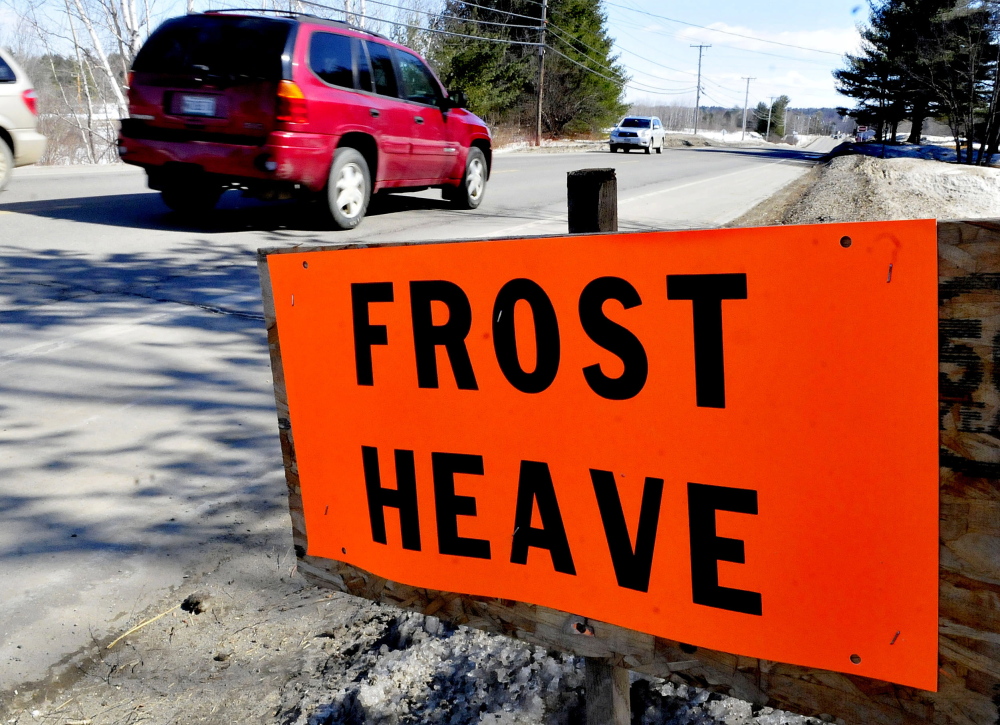
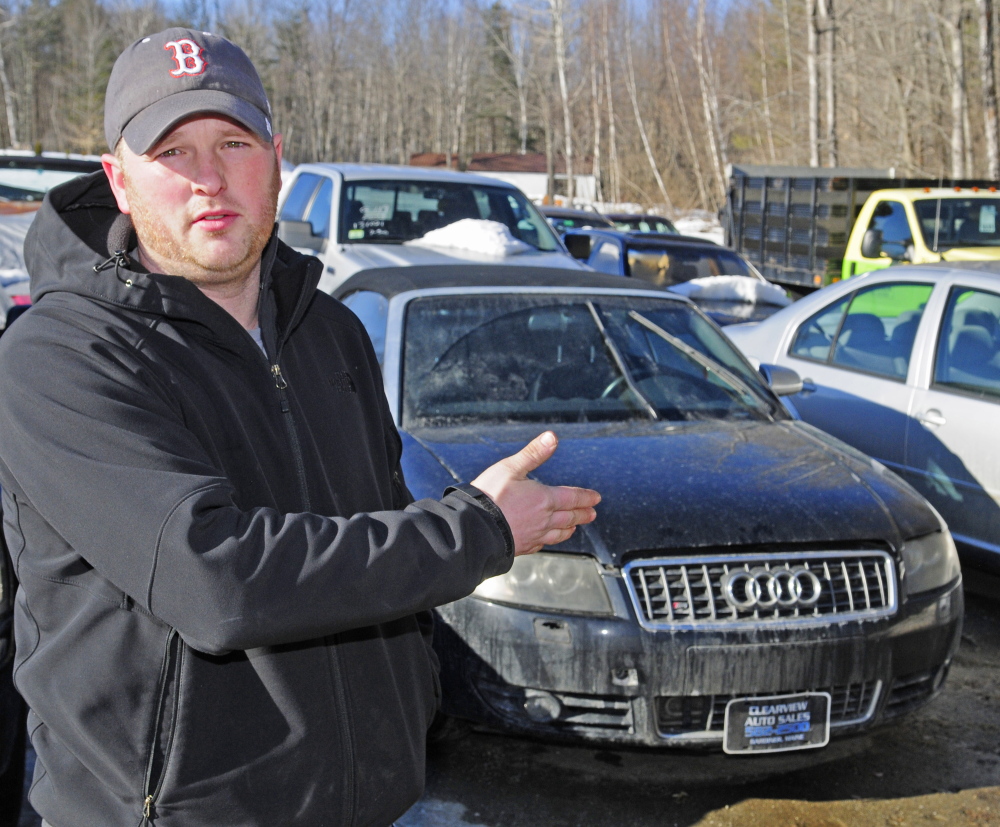
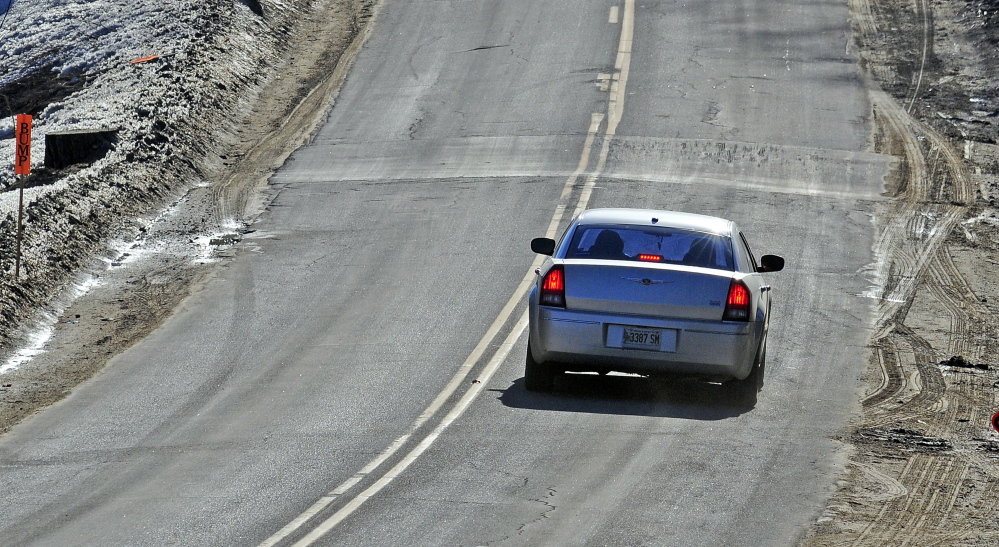
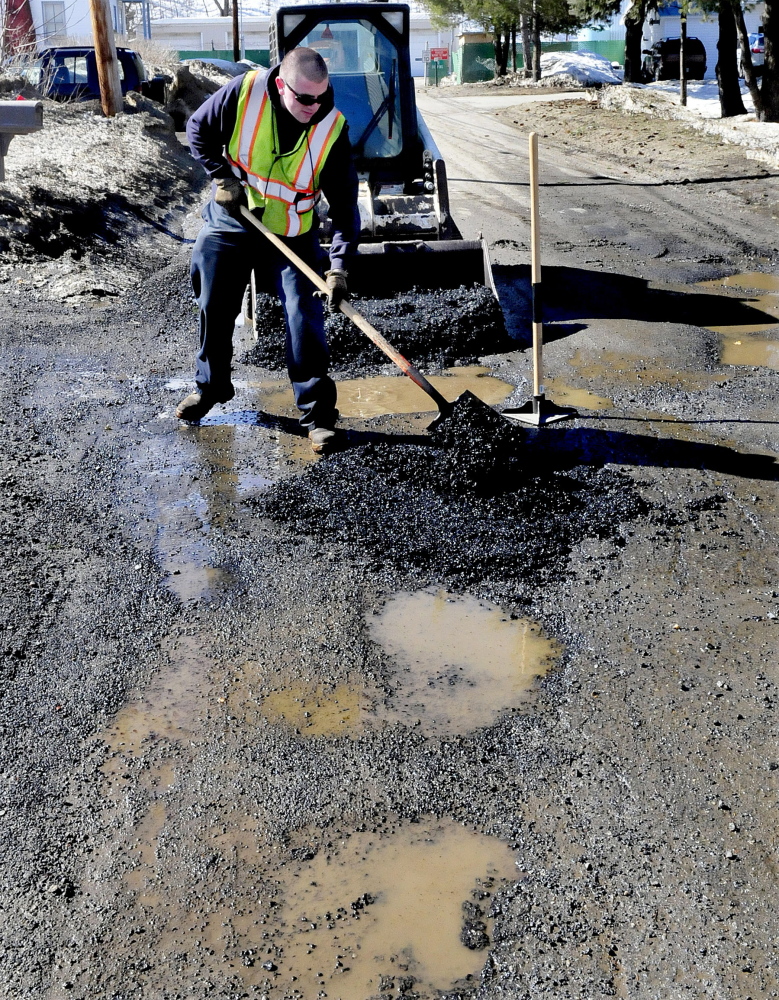
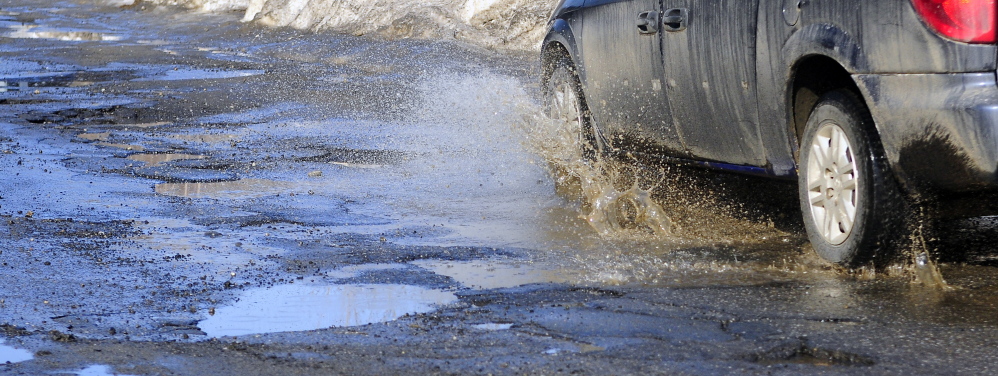
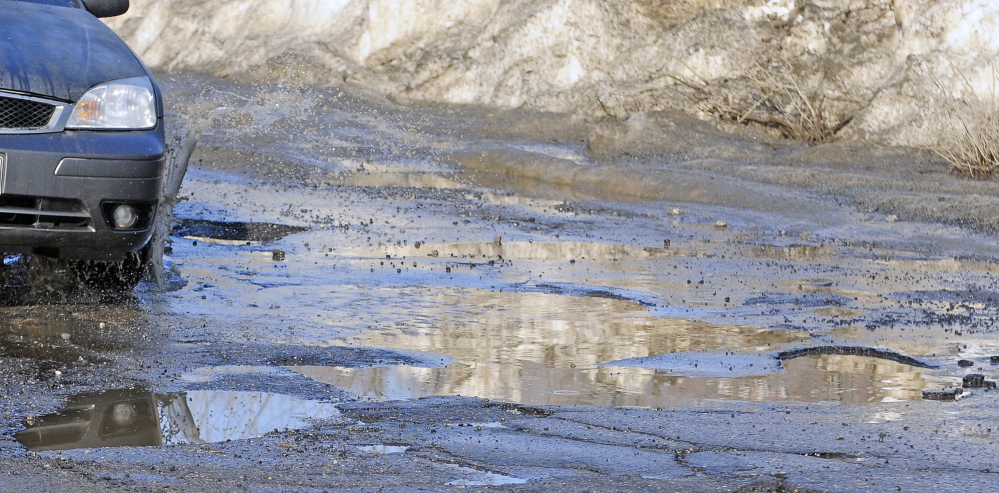
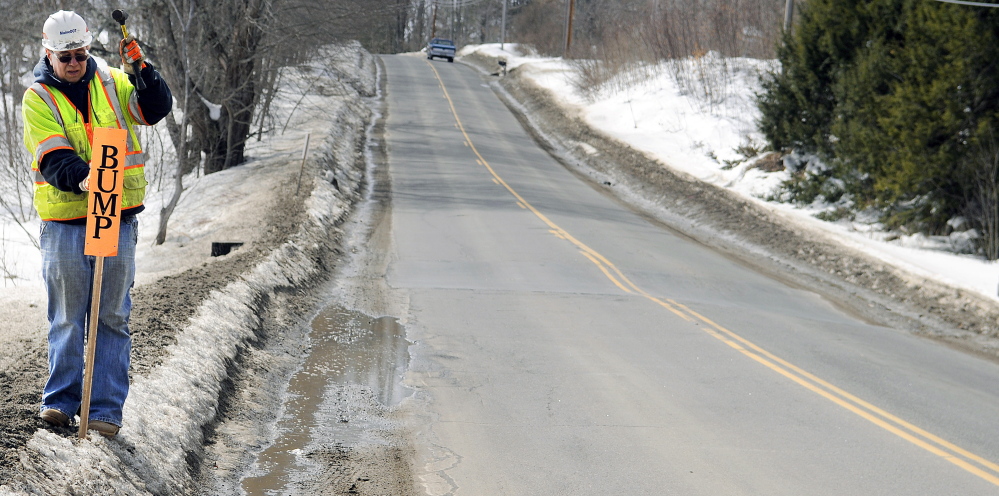

Success. Please wait for the page to reload. If the page does not reload within 5 seconds, please refresh the page.
Enter your email and password to access comments.
Hi, to comment on stories you must . This profile is in addition to your subscription and website login.
Already have a commenting profile? .
Invalid username/password.
Please check your email to confirm and complete your registration.
Only subscribers are eligible to post comments. Please subscribe or login first for digital access. Here’s why.
Use the form below to reset your password. When you've submitted your account email, we will send an email with a reset code.